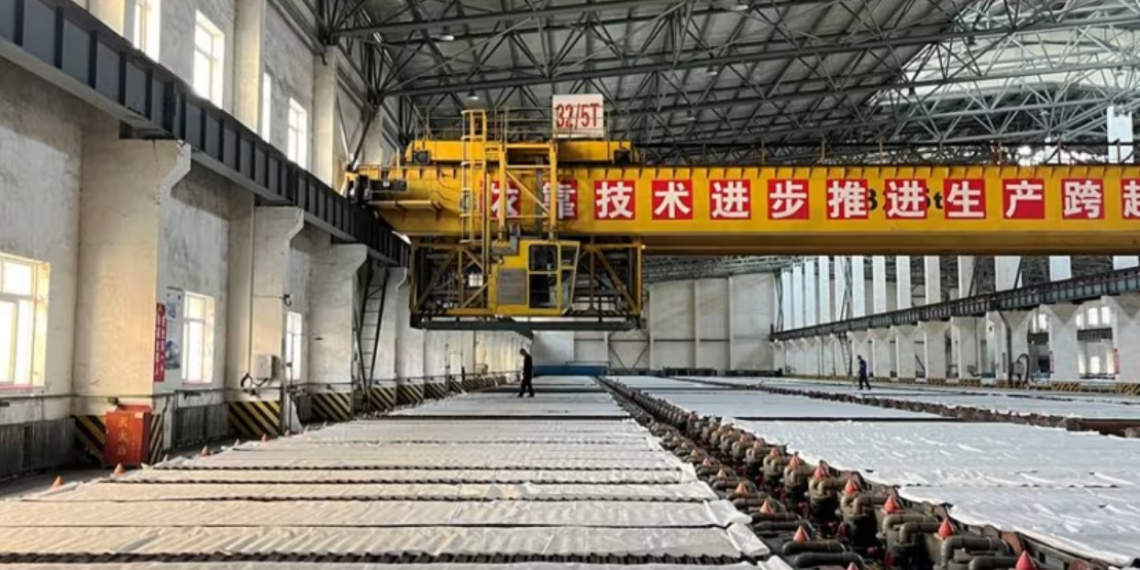Copper prices have surged to new heights, with spot prices reaching US$8,833 per metric tonne on 13 March 2024, a peak not seen since 2023.
The upward trend was initiated on the Shanghai Futures Exchange, where copper prices soared to a two-year peak of Y$70,460/t. Prices reacted to a strategic move by China’s leading copper smelters, which convened in Beijing to implement a symbolic reduction in production.
A surge in interest on the Shanghai Futures Exchange was recorded following China’s announcement of the production cut and posed a rhetorical question about the willingness to acknowledge unprofitability.
According to Reuters, the top copper smelters came to this rare agreement to jointly embark on production cuts at some loss-making plants as they seek to cope with a shortage of raw material.
There were no specific rates or volumes set for the cuts and each smelter will make their own assessment of reductions they want to implement, said the sources who were not authorized to speak on the matter and declined to be identified.
The scarcity of copper has intensified the battle for the metal’s concentrates, precipitating a drastic decline in smelters’ revenues to the lowest in a decade.
Brian Peng, a copper analyst at CRU consultancy, highlighted to Reuters that the impending pressure on the global supply of concentrates due to approximately 1.7Mt of new smelter projects outside of China slated to commence operations in the latter half of the year.
Data from satellite monitoring of metal processing facilities revealed that more global copper smelters were inactive in the initial two months of this year compared to the same timeframe last year, primarily attributable to reduced activity in China.
Nonetheless, the escalating copper prices may suppress demand in China, the world’s principal consumer, evidenced by the burgeoning inventories. Shanghai Futures Exchange-monitored warehouse stockpiles of copper witnessed a sharp ascent to 239,245t as of 8 March 2024, up from 30,905t at the year’s start.
Insights into demand forecasts are anticipated to be gathered from the forthcoming release of China’s loan data, including total social financing figures, which serve as an indicator of prospective metal consumption.












